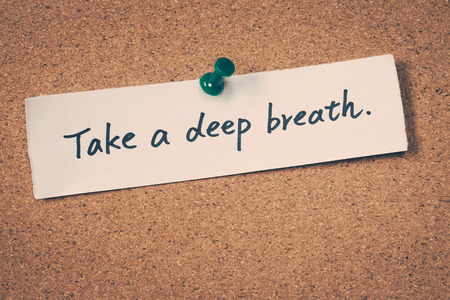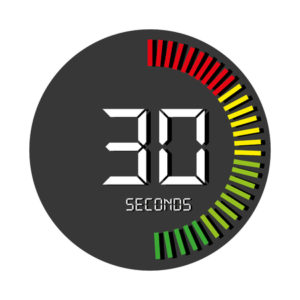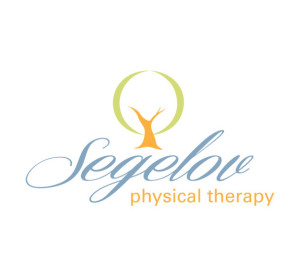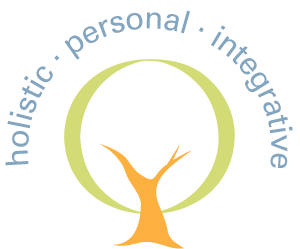
Relieve Muscle Tension with Deep Breathing
Relieve Muscle Tension with Deep Breathing
Muscle Tension Associations
Muscle Tension associations include stress, pain, tightness, headaches, fear, stiffness, restriction, aches, clenching, grinding, bracing.
The deep breath – an answer
Air, oxygen, energy, blood flow, release of tension, openness, relaxation, calmness, refocus, mindfulness, relief of pain.
Four deep breaths – in just 30 seconds – allows for the release of muscle tension and pain. This simple technique can make you feel better and give you the ability to refocus at work or during any tense period in your day. Pause for 30 seconds, take your mind to your breath, take 4 deep breaths, and allow your muscles to relax. Anywhere. Anytime. It’s free.
There is a catch – YOU MUST BREATHE THE CORRECT WAY!
Believe it or not – there are a few different ways to take a deep breath.
Apical breathing is with elevation of the upper rib cage: You may feel your upper rib cage and collar bone rising upwards as well as your shoulders as you take a deep breath. This is very common and easy to do but extremely inefficient as it overuses too many muscles for the task at hand. It can lead to unnecessary muscle tension in the upper shoulders and neck. In addition, air intake is focused to the upper lungs and not to the bottom of your lungs where it is more critical to get air to.
Lateral costal expansion: This is expansion of your lower rib cage in an outwards/sideways movement as you take a deep breath. This method uses primarily the intercostal rib muscles to breath. This is more efficient than apical breathing due to less muscle use and does get air to the bottom of the lungs. However, it can lead to tension in the upper neck and shoulders if used for stabilization. This method often requires training to do correctly.
Diaphragmatic breathing: This method uses the diaphragm, a large muscle at the base of your rib cage. When the diaphragm contracts, it displaces downwards on your abdominal cavity, moving your belly in a forwards direction. With the diaphragm being the primary muscle of respiration – this is the most efficient and effective way to breath. With one breath, air is focused through the entire lungs, specifically to the bases of the lungs. When done correctly – this method avoids any activity of the neck and shoulder muscles.
How do you breathe? Take the basic test.
Sit in a comfortable chair with your back supported.
Place one hand on your belly and one hand on your upper rib cage. Take a slow deep breath.
Which hand moves?
If you feel your upper hand move upwards – you have some apical expansion.
If you feel your belly move forwards – congratulations – you are a natural diaphragmatic breather.
You may find that BOTH hands move – which makes you a combination breather.
You may notice that your belly may move inwards as you take a deep breath, which is opposite to what is supposed to occur.
Now move your hands to the sides of our rib cage. Place your thumbs on your ribs and your fingers forward on your belly.
Take another deep breath.
Do you feel the ribs moving outwards? If yes, then you have some lateral costal expansion.
If you are a strong apical breather, you will not feel the lower ribs move outwards and the belly may move inwards instead of outwards.
What is ideal at rest?
At rest, the most efficient and effective strategy is diaphragmatic breathing. You should feel the belly move forwards with no apical expansion and minimal lateral costal expansion. There should be no tension in the neck, shoulder or back muscles.
How to take a diaphragmatic deep breath
- Sit in your chair with your back supported. Drop your shoulders down and back. Allow yourself to be relaxed.
- Place one hand on your belly, and another hand on your upper rib cage next to your collar bones.
- Ideally place your tongue up on the roof of your mouth, so that your teeth and lips are gently apart. The tongue does not touch the front teeth. This helps to ensure that the jaw muscles relax. It also ensures a nasal breath in.
- Inhale through your nose. Breath deep into your belly to feel your belly move forwards into your hand. Let the hand move with the belly.
- You want to keep your jaw, face, neck and shoulders relaxed. The upper rib cage should not move much at all.
- Exhale through your mouth. The belly just recoils back to the start position. You do not need to force it back.
Easy? Give your mind and body a 30 second vacation.
If you found this easy – Great!
Practice until it becomes natural and automatic. Take just 30 seconds every hour – and feel the difference it makes on your muscles, pain and tension. Give your mind and body a 30 second vacation. If it feels good – extend your mind-body vacation to 1-2 minutes or more.
Difficult?
If you found this difficult, you may not be used to breathing this way. In fact – you may find that your belly goes IN when you breathe in instead of out. Don’t give up. You can learn to breathe diaphragmatically with practice and mindfulness. Keep reading below.
If difficult, try this:
It’s much easier to learn diaphragmatic breathing while lying on your side. Support your head and neck with a pillow. You may even place a pillow between your legs. Relax your entire body. Place one hand on your belly. Tongue up on the roof of your mouth. Inhale through your nose – in and down towards your belly. Feel the belly move forwards. When this is easy, you may also try this on your back. When comfortable breathing in these 2 positions – then try in supported sitting and then you can do this at work or any time you feel tense. You can practice this every night before going to sleep.
Nasal or mouth breather?
Mouth breathing can overuse the mouth, jaw and facial muscles. Try and avoid this if you can.
Nasal breathing warms and filters the air and requires less muscle use. This is optimal.

Remember:
30 seconds
4 deep diaphragmatic breaths
Relieve muscle tension and pain
Leah Segelov, PT, MA is a Physical Therapist for over 19 years and owner of Segelov Physical Therapy, PLLC in Manhattan, New York. She may be contacted via e-mail at leah@segelovpt.com
Leah specializes in musculoskeletal and orthopedic conditions, TMJ disorders and facial paralysis.
Blog updates can be emailed directly to your inbox. Please subscribe on the home page of www.segelovpt.com
Disclaimer: The entire content on this blog is for educational and informational purposes only. No responsibility is taken or assumed for any action taken by the website user as a result of information on this website. Website users should seek their own professional advice regarding their individual situation as to whether a specific or general treatment, remedy or exercise is appropriate for their condition.


 Previous Post
Previous Post Next Post
Next Post



 © copyright 2015 Segelov Physical Therapy, PLLC. All rights reserved.
© copyright 2015 Segelov Physical Therapy, PLLC. All rights reserved.